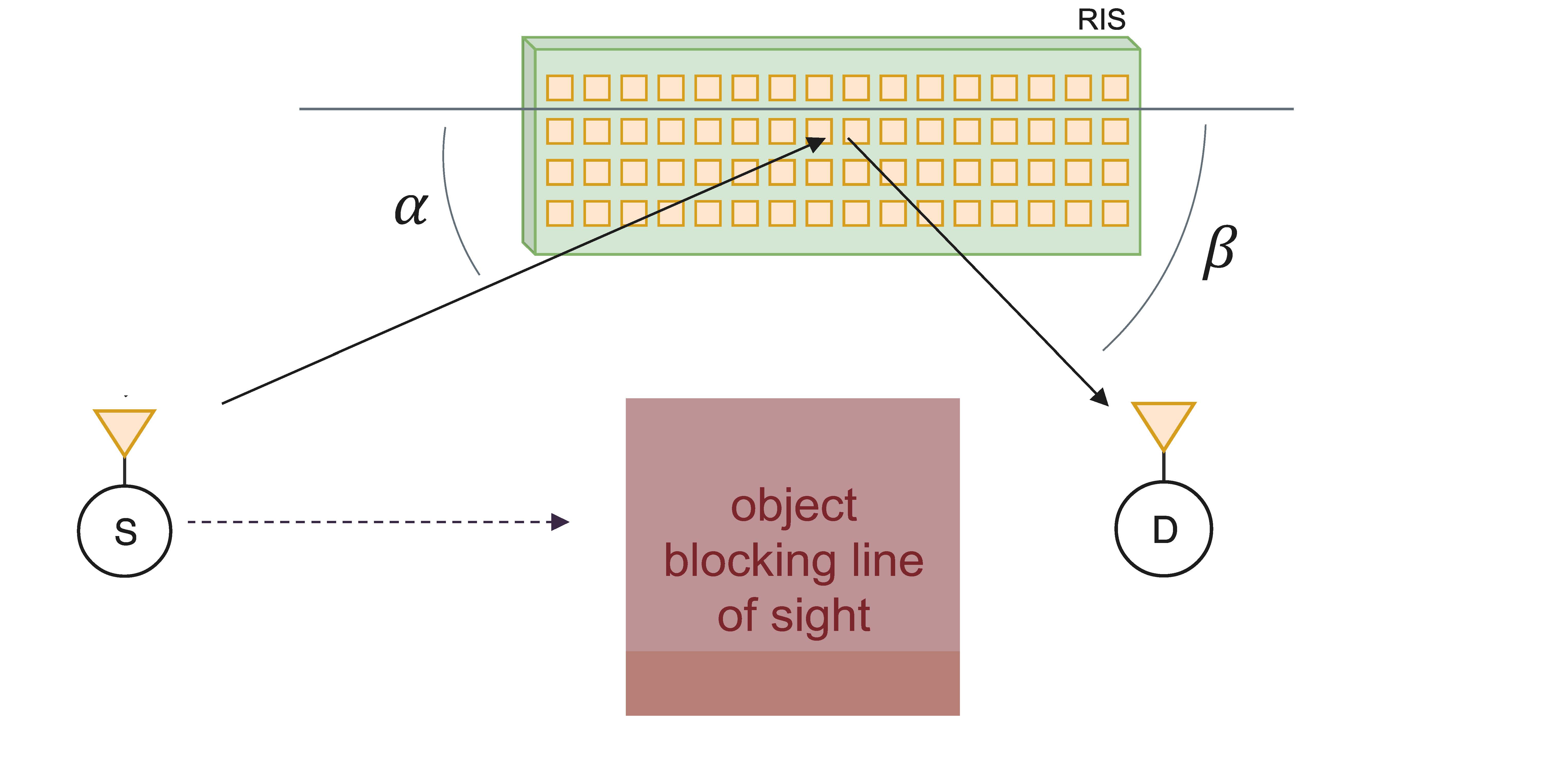Multiple spatially redundant URLLC links are a key requirement for operating wireless automation and control systems in production cells in the mmWave band. In the 5G mmWave frequency band around 26 GHz large bandwidth is available and can be exploited for industrial URLLC links.
Nowadays, the flexible and fast reconfigurability of production lines is a prerequisite for successful Industry 4.0 applications. A production line is typically comprised of multiple production cells, each with a dimension of about 10 x 10 m. In many scenarios the fully digital transition is hampered by the fixed wiring of the automation and control systems.
The replacement of cabled connections with wireless ultra-reliable low-latency communication (URLLC) links will (i) improve the reconfigurability of production lines by reducing setup times, and (ii) will enable new production processes such as real-time robotic control, collaborative robotics, and intelligent logistics.
But some tricky technological challenges must be mastered to make mmWave data communication suitable for the operation of wireless automation and control systems in production cells.
RISING is designed to address important but difficult mmWave characteristics with the right network configuration setup. mmWave communication links are best suited for short ranges due to increased propagation loss at higher frequencies. Beam forming is used to overcome the higher attenuation. On one hand, this beam-based operation provides improved interference immunity due to the spatial focusing, but on the other, beam blocking by other (metallic) objects is a major hurdle.
Hence, multiple spatially redundant URLLC links are the right solution for the scenario. RISING aims to create a cost efficient, low power reflective intelligent surface.
Start: 01.03.2021
End: 31.01.2023
Goals:
mmWave communication links are best suited for short ranges due to increased propagation loss at higher frequencies. Beam forming is used to overcome the higher attenuation. This beam-based operation provides an improved interference immunity due to the spatial focusing on one hand, but on the other hand beam blocking by other (metallic) objects is a major hurdle. Hence, multiple spatially redundant URLLC links are a key requirement to operate wireless automation and control systems in production cells in the mmWave band.
Results:
Cost efficient, low power reflective intelligent surface
Webpage: -
Funding: Wirtschaftsagentur Wien
Partner: Siemens




